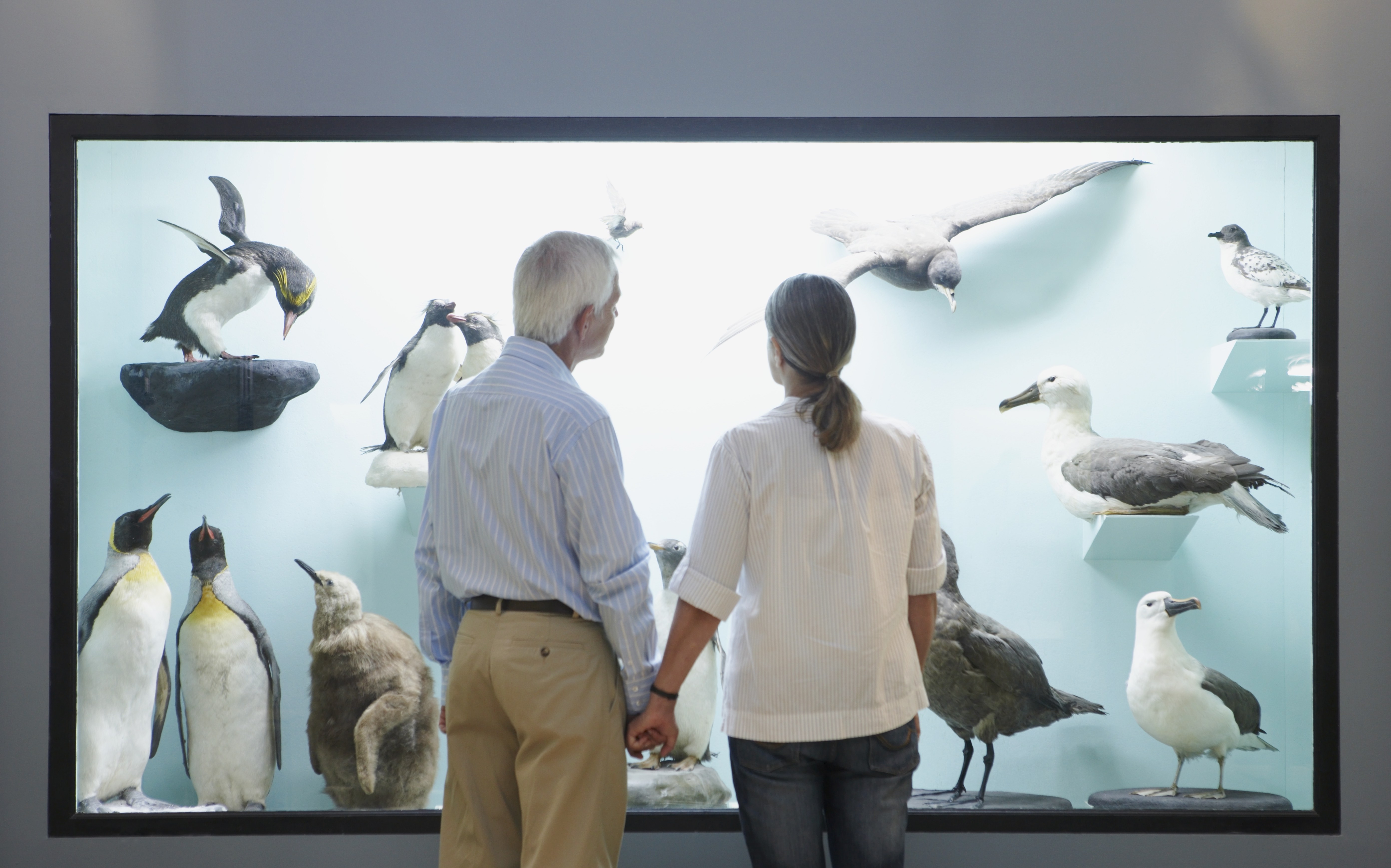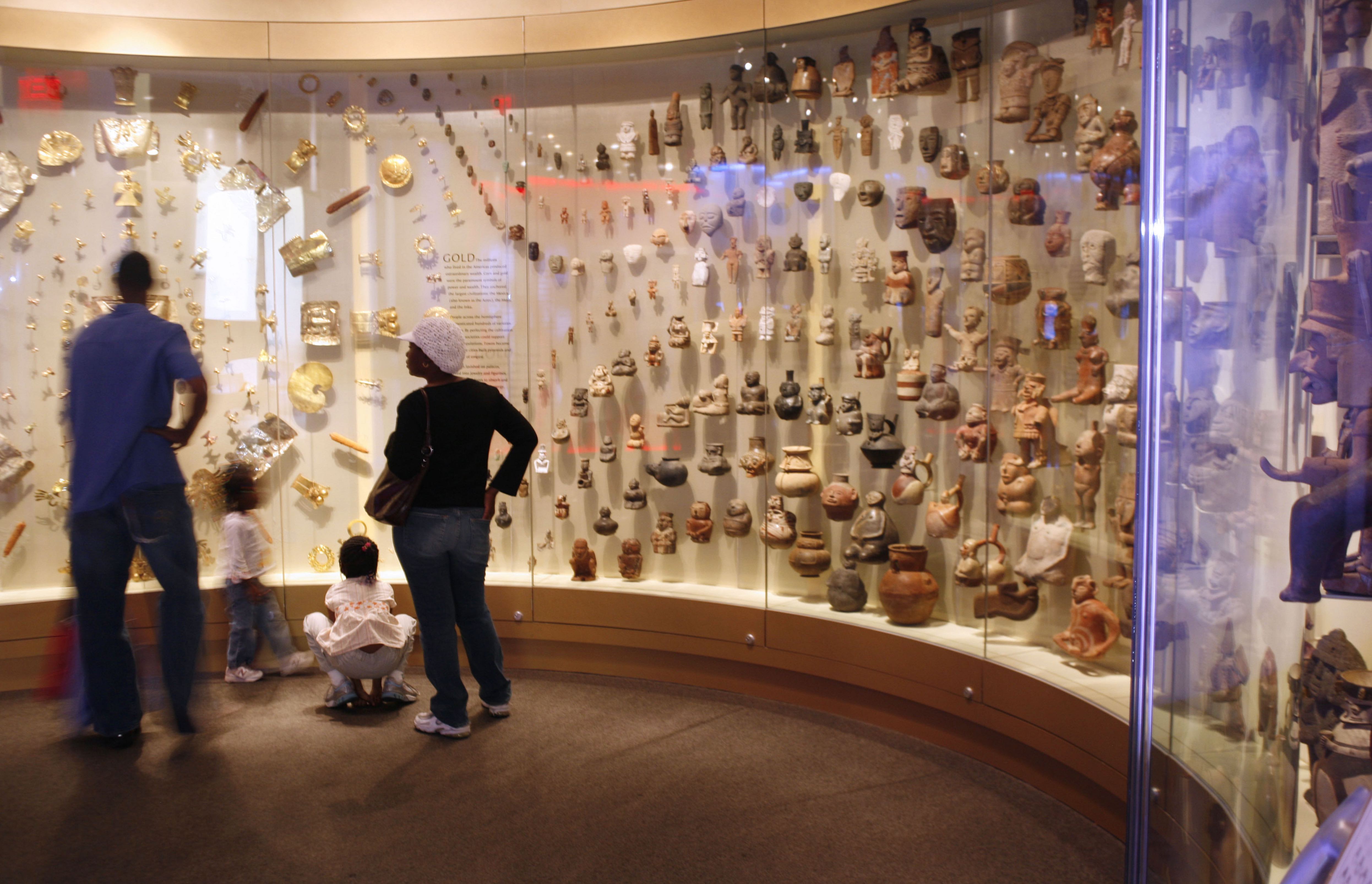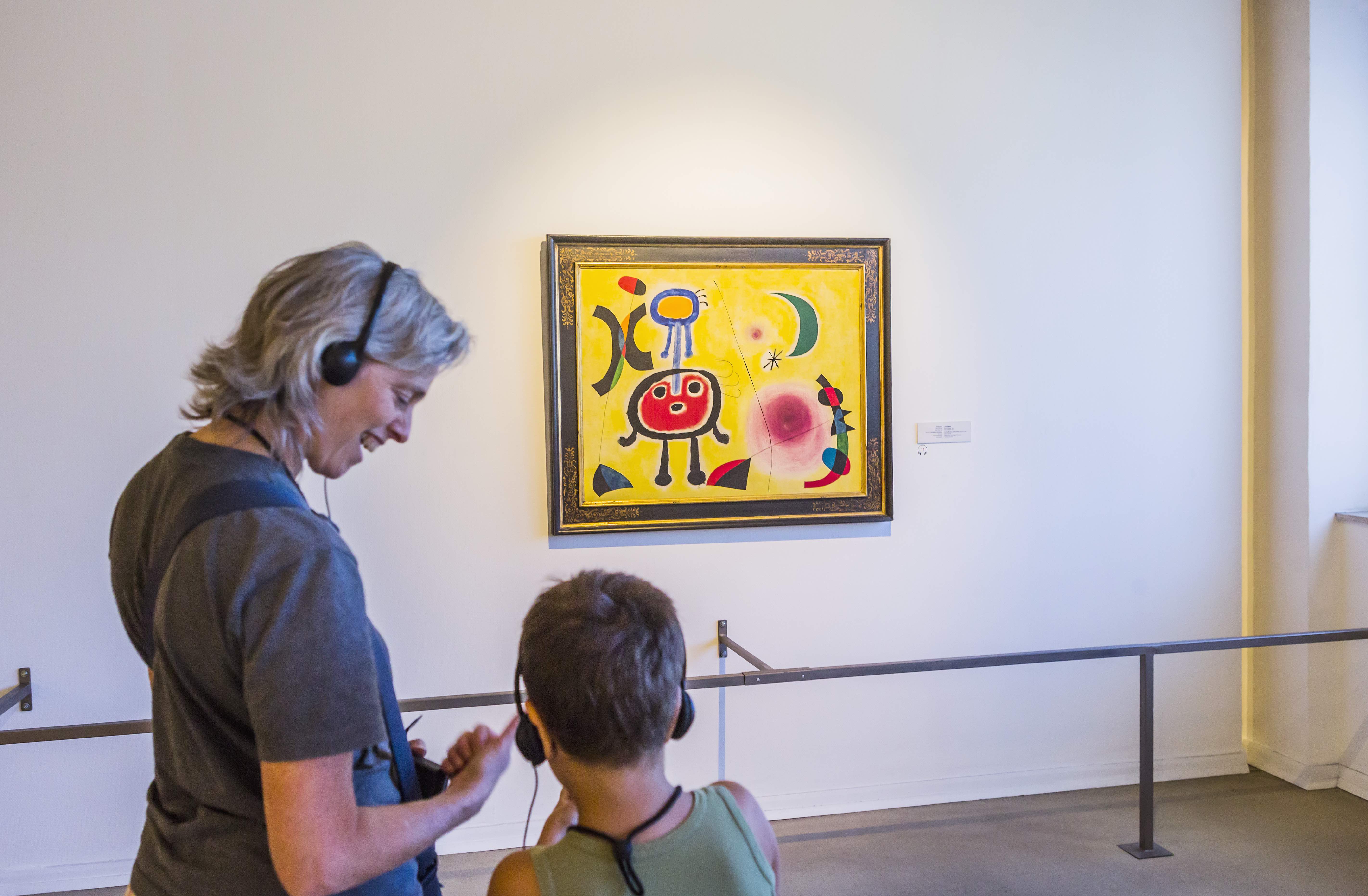
Arts & Culture
How does learning happen in museums?

Visiting a museum can help older Australians with their overall mental and physical wellbeing, and bring the generations closer together
Published 28 February 2019
When we enter the quiet sanctuary of a museum, we are separated from the whirl of everyday life. Time becomes non-linear and people experience objects and ambiences that have their own stories and histories.
Museums are spaces of parallel experiences – visitors thread their way through, making meaning and creating associations that are complex and unpredictable.

On any given day, visit one of Australia’s 2,500 museums and you will find a significant number of older people roaming through the various exhibits and displays. And according to the Australian Bureau of Statistics (ABS), this growing trend in museum visitation among people aged between 65 and 74 is expected to continue.
Whether older visitors are in a museum alone, with a partner, in a group, with grandchildren or in multi-generational groups, research suggests they may be happier and healthier than other people their age who aren’t engaging with museums and other cultural venues.
University of Melbourne researchers have investigated the experiences, motivations and needs of older museum visitors and found these spaces can play an important role in building social and inter-generational connectedness and in supporting general health and wellbeing.

Arts & Culture
How does learning happen in museums?
Governments around the world recognise that social isolation and loneliness have long-term adverse effects on older people and can lead to problems with depression, increased blood pressure and increased risk of developing cardiovascular disease and dementia.
But a large body of research tells us that older people are happier, healthier and more likely to flourish if they’re engaging in social activity.
Research on the relationship between population health and arts engagement is relatively new but there is a correlation between regular ‘general cultural attendance’, increased longevity and beneficial impacts on mental health and wellbeing.
With this in mind, our research team ran two pilot projects.

The first project was funded by the Hallmark Ageing Research Initiative and explored the experiences of regular local visitors to the Ian Potter Museum of Art at the University of Melbourne, the Shepparton Art Museum and the Melbourne Museum.
The second pilot built on the findings of the first project and examined the motivations, needs and preferences of older visitors at the Melbourne Museum. It was funded by the McCoy Seed Fund.
The pilots highlight a number of considerations for developing programs for, or promoting museums to, older people; these include things like intergenerational relations, the multiple roles of individual visitors, museums as social spaces, comfort and ease, challenges and inspiration, first impressions, repeat visitor impressions and the potential of older visitors.

Arts & Culture
Your personal audio tour of the Louvre Abu Dhabi
Comfort and ease are common themes raised by older visitors. They want to enjoy the visit and not have to think too hard about parking, wayfinding, the location of facilities or access to information.
Older visitors want to be able to take time out on a comfortable sofa, in a garden or courtyard, or in a café because, as one participant says; “We all get museum fatigue”.
But visitors also expressed a desire to be challenged, inspired and engaged.
Most project participants come with family members, friends or partners. Visitors in ‘grandparent mode’ spoke of being there to help with their grandchildren’s engagement and informal learning.

Previously, it was often parents who introduced their children to museums but in recent times, it’s actually more likely to be grandparents who take on this role. Interestingly, ABS data shows those who visited a museum or art gallery as a child are 200 per cent more likely to continue doing so.
Others involved in the research talked about discovering something new, engaging with a story or an object, meeting like-minded people, learning, sharing an experience, seeing things in a new way and seeing something beautiful. And multi-generational families are delighted that museum objects and exhibitions act as catalysts for enriching their interaction.

Arts & Culture
Bringing a fire damaged book back from the brink
Museums are social spaces that can engage multiple generations, where everyone can find something of interest and relevance to them and where people can engage at many levels and in many roles.
Literature suggests that regularly visiting museums contributes to emotional wellbeing - providing a sense of connection, optimism and hope, self-esteem and resilience, support, quiet, rest and sanctuary, social capital and relationships, meaningful pursuits and by providing a safe, rich environment with access to arts and culture.
So, ensuring successful and enjoyable museum visits, particularly for our older generation, can make a valuable contribution in bringing the generations of a family closer together and fostering social connectedness, as well as contributing to their overall health and wellbeing.
This research was carried out by a team from the University of Melbourne and Museums Victoria including Associate Professor Andrew Jamieson, Carolyn Meehan, Lena Gan, Dr Alison Herron, Kate Phillips, Dr Heather Gaunt, Dr Richard Gillespie and Adrienne Leith. Also Clare Davies, Nadya Tkachenko, Associate Professor Clare Newton, Professor Kate Darian-Smith, Associate Professor Wesley Imms, Associate Professor Alan March, Professor Alan Pert and Peter Wilson.
Banner: Getty Image